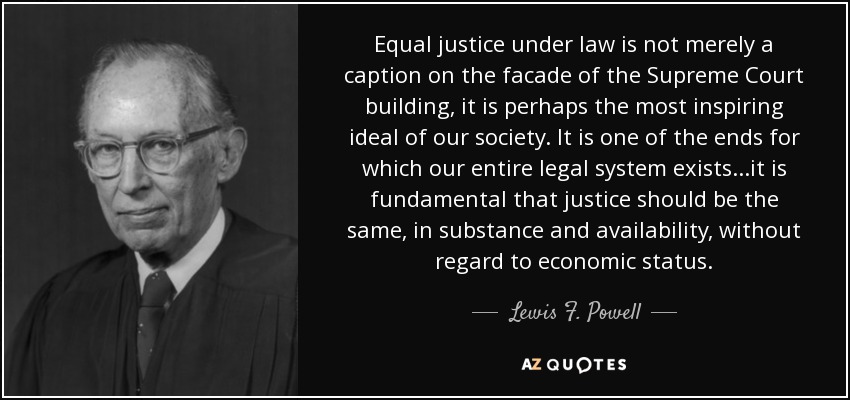
Female entrepreneur runs through her assistant for past the gap

“The Justice Gap” typically refers to the disparity between the legal needs of individuals and the availability of accessible and affordable legal services. This concept highlights the imbalance in the justice system where certain individuals or groups may lack adequate representation, resources, or opportunities to seek and obtain justice. Here are some key points often associated with “The Justice Gap”:
Access to Justice: The justice gap emphasizes the importance of ensuring that all individuals, regardless of their socio-economic status, have equal access to legal services and a fair legal process.
Legal Representation: Many people, especially those from marginalized or low-income backgrounds, may struggle to afford legal representation, leading to a lack of proper defense or advocacy in legal matters.
Civil and Criminal Cases: The justice gap can manifest in both civil and criminal cases. In civil cases, individuals might face challenges in areas such as housing, employment, family law, and more. In criminal cases, inadequate legal representation can result in wrongful convictions or harsher sentences.
Pro Bono Services: Pro bono legal work, where lawyers provide free services to those who cannot afford them, helps bridge the justice gap to some extent. However, the demand often outweighs the available pro bono resources.
Technology and Innovation: The justice gap has prompted discussions about leveraging technology, such as online legal resources, chatbots, and virtual hearings, to make legal information and services more accessible.
Legal Aid and Funding: Insufficient funding for legal aid organizations can contribute to the justice gap, as these organizations play a crucial role in providing legal assistance to disadvantaged individuals.
Systemic Inequalities: The justice gap underscores broader systemic inequalities within society, including racial disparities, unequal access to education, and economic inequities, which can lead to differential treatment within the justice system.
Policy and Reform: Addressing the justice gap requires systemic policy changes and legal reforms to ensure that everyone has equal access to justice and a fair chance to assert their legal rights.
Education and Awareness: Promoting legal education and raising awareness about rights, legal processes, and available resources can empower individuals to navigate the legal system more effectively.
Collaboration: Governments, legal professionals, nonprofit organizations, and communities need to collaborate to create a more inclusive and accessible justice system that minimizes the justice gap.
It’s important to note that the justice gap can have various dimensions and implications depending on the specific legal systems and contexts in different countries and regions.

1 Bananasplit Ralph Inbar Linda de Mol krijgt een postpakket
2 Gay Cop Flirts with Straight Men
6 nov. 2018
Filmed in Montreal, Quebec